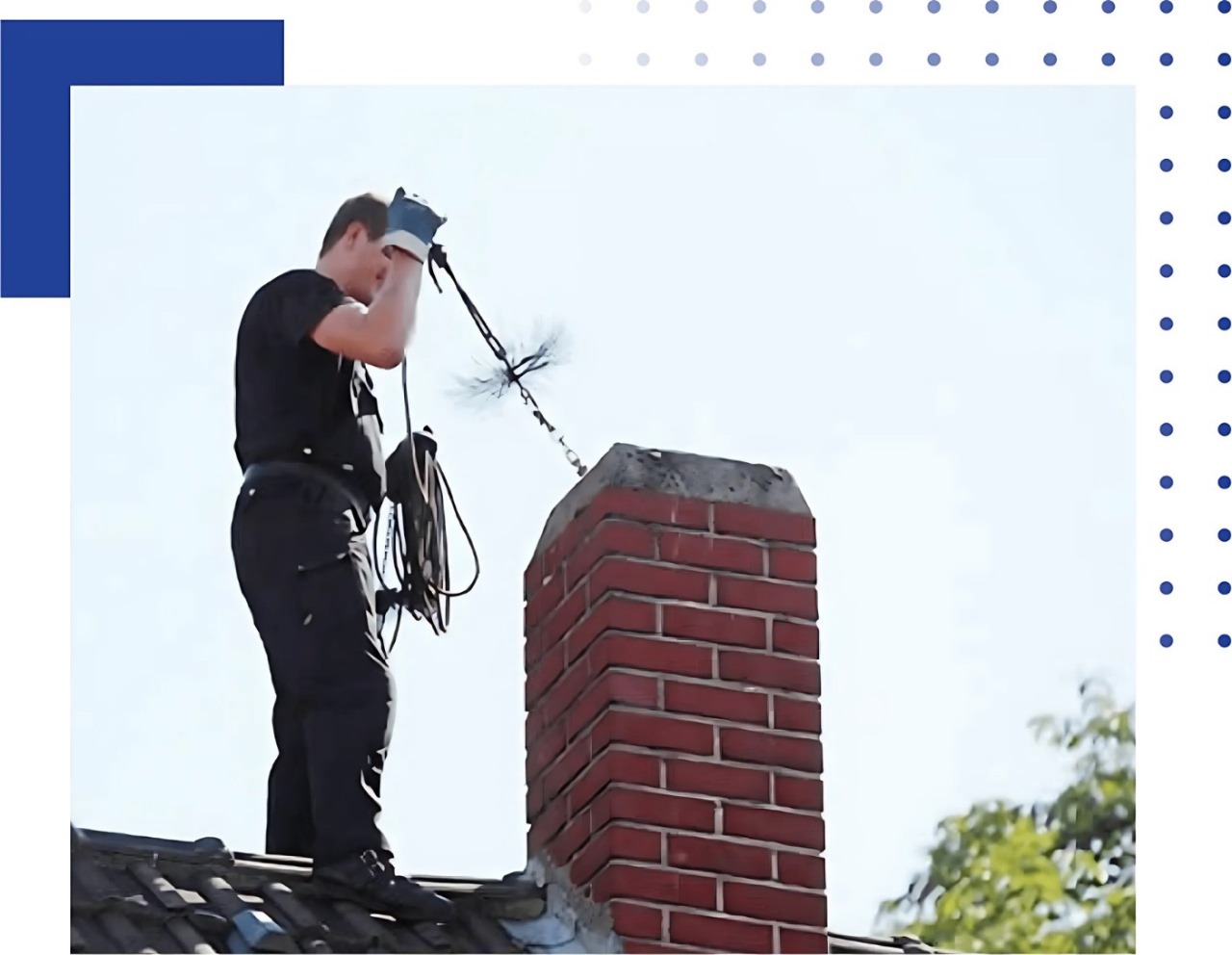Finding the Right Attorney for a Divorce: What You Required to Know
Divorce can be one of one of the most tough experiences in life, filled with psychological difficulties and intricate legal processes. If you’re thinking about ending your marriage, one of the most vital steps is finding the appropriate attorney for a divorce– a person who will certainly direct you via the procedure, safeguard your rights, and help you achieve the very best feasible end result. Yet exactly how do you select the best lawful partner amid the many alternatives? And what should you expect from a trusted divorce attorney? Keep reading– your clarity about this vital choice is just ahead, and the appropriate guidance can make all the difference.
Why You Need an Attorney for a Divorce
Navigating divorce law can be complicated without specialist assistance. An skilled attorney can ensure that your rights are shielded, your rate of interests are represented, and the legal process goes smoothly.
The Advantages of Employing a Specialized Divorce Attorney
Legal Expertise: Recognizing state laws, settlement arrangements, and lawful treatments.
Fair Department: Making certain reasonable property and debt distribution.
Youngster Custody and Assistance: Safeguarding your civil liberties relating to parenting setups and financial backing.
Decreasing Tension: Handling documentation and court looks allows you to concentrate on your wellness.
Strategic Advice: Support tailored especially to your scenario and objectives.
What to Get out of an Attorney for a Divorce
Selecting the ideal attorney entails comprehending what solutions they provide and how they can sustain you throughout this hard time.
Preliminary Consultation and Instance Analysis
A excellent attorney will start with an initial appointment to recognize your scenarios, clarify lawful alternatives, and outline possible results. This action is critical to assess whether their approach lines up with your demands.
Lawful Technique Advancement
Your attorney will create a method based upon your goals, whether that entails negotiation, arbitration, or lawsuits. They will work to safeguard your legal rights, advocate for your passions, and strive for a reasonable resolution.
Dealing With Lawful Paperwork
Divorce involves significant documentation– filing documents, financial disclosures, wardship agreements, and court motions. Your attorney will handle all legal paperwork, ensure deadlines are fulfilled, and submit filings correctly.
Arrangement and Court Representation
Many divorces are cleared up beyond court through negotiations or mediation. Your legal representative will certainly negotiate on your behalf to get to agreeable terms. If necessary, they will represent you in court, providing your instance and supporting for your interests.
Key Aspects When Picking an Attorney for a Divorce
Not all attorneys are equivalent. Here are some essential factors to think about when picking your legal companion:
Experience and Field of expertise
See to it the attorney has comprehensive experience especially in family members law and divorce instances. Specialized understanding causes much better techniques and outcomes.
Communication Style
Choose a person who connects clearly, pays attention to your problems, and clarifies lawful issues in ordinary language. You need to really feel comfortable and positive collaborating with them.
Credibility and Performance History
Look for testimonials, endorsements, and situation outcomes. An attorney’s track record shows their capacity to handle cases properly and ethically.
Fees and Budget plan
Understand their charge framework upfront. Will they bill per hour, or deal flat costs? Clarify what services are included and any added expenses.
Concern and Recognizing
Divorce can be mentally draining. Select an attorney who reveals empathy, persistence, and professionalism and trust, making you feel sustained throughout the procedure.
Why Choose Heymann & Fletcher Law
If you’re looking for an attorney for a divorce, take into consideration Heymann & Fletcher Law– a group committed to assisting customers with every step with integrity, know-how, and empathy. Their seasoned attorneys understand the complexity of family members law and are committed to offering customized services that put your best interests first.
Final Ideas: The Impact of a Skilled Divorce Attorney
Divorce is greater than a legal process; it’s a life-altering trip. Picking the appropriate attorney for a divorce can alleviate your worries, protect your rights, and established the structure for your next chapter. It’s essential to find someone who not just recognizes the law but also understands your distinct situation.
Are you prepared to take the primary step toward a much healthier, extra secure future? Check Out Heymann & Fletcher Law to discover just how their team can assist you navigate divorce with self-confidence, quality, and care.











